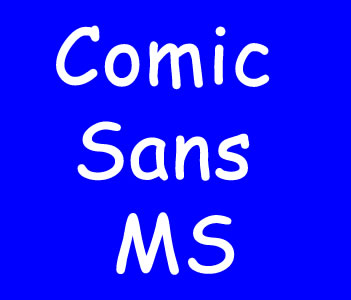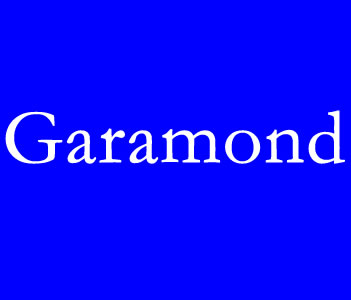
Background of Nicholas Kis
Nicholas Kis was a renowned Hungarian punch-cutter, engraver, and typefounder who made a significant contribution to the world of typography. He was born in 1650 in what is now the village of Alvinc, Romania. In 1680, he moved to Amsterdam, where he established himself as a reputable punch-cutter and typefounder. Kis is best known for his creation of the Kis typeface, also known as the Janson typeface. It is a serif font that was first released in 1690, and it was heavily influenced by the work of the French typographer Jean Jannon. The Kis typeface is widely regarded as one of the most important and influential typefaces in history. It has been used extensively in the printing industry and can still be seen in numerous publications worldwide. In addition to his work as a punch-cutter and typefounder, Kis provided design and consultancy services to several notable printers and publishers in Amsterdam. However, his influence extended beyond the Dutch printing industry. His works inspired his contemporaries in other parts of Europe, particularly Germany and France. Overall, Nicholas Kis was a key figure in the development of typography. His legacy lives on through the typeface that bears his name, which continues to be used and admired to this day. His contribution to the world of printing and typography is widely recognized and celebrated among professionals in this field. Continue reading Nicholas Kis | Typefounder






